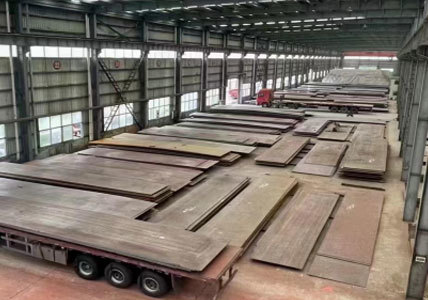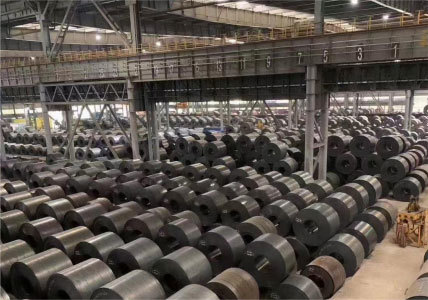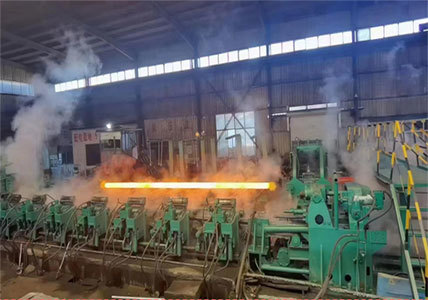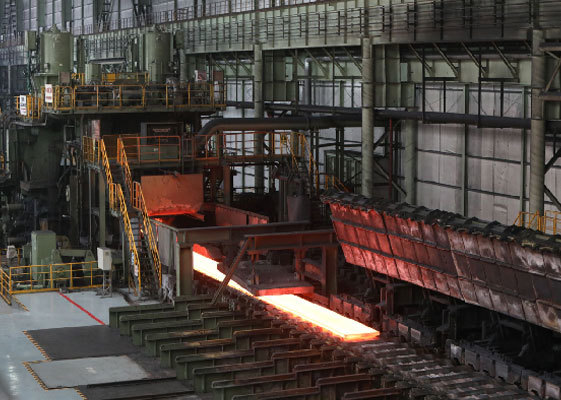Channel

Definition and Classification
Definition: Channel steel is a type of carbon structural steel used for construction and machinery, with a groove shaped cross-section, belonging to the complex section steel.
Classification: According to the cross-sectional shape: ordinary channel steel (such as C-shaped and U-shaped channel steel) and I-shaped channel steel (the cross-section is in the shape of an I-shaped).
According to the specifications and dimensions: standard channel steel (in compliance with national standards) and non-standard channel steel (the specifications and dimensions do not comply with national standards and require customized production).
According to usage: general structural channel steel (used for load-bearing and supporting parts in general construction and engineering structures) and special structural channel steel (such as special requirements in the fields of bridges, ships, mechanical equipment, etc.).
Features and Advantages
Features: The flange of the channel steel is wide, with high lateral stiffness and strong bending resistance. The two outer surfaces of its wing edges are parallel to each other, making the connection, processing, and assembly process more lightweight.
Advantages: Compared with I-beam, channel steel has lower cost, higher accuracy, lower residual stress, and does not require high requirements for material and weld inspection. It can save about 30% of steel structure construction costs. In addition, under the same cross-sectional load, the weight of hot-rolled H-steel structures is reduced by 15% to 20% compared to traditional steel structures.
Application Field
Channel steel has a wide range of applications in construction, manufacturing, transportation, and other fields, mainly including:
In the field of architecture, channel steel can serve as the main supporting structure of buildings, enhancing their stability and load-bearing capacity. At the same time, it is also used to make components such as stairs and railings, adding beauty to buildings. Channel steel plays an important role in bridge and building construction projects.
Manufacturing field: In the manufacturing of mechanical equipment and vehicles, channel steel is the main load-bearing component, which can improve the performance and service life of equipment. In addition, channel steel can also be used to make various components, providing convenience for equipment manufacturing and maintenance.
Transportation field: In transportation vehicles such as ships and railway vehicles, channel steel is also an indispensable component. As the main load-bearing structure, it can improve the load-bearing capacity and stability of transportation equipment.
Production Process
The production process of channel steel mainly includes steps such as steelmaking and subsequent processing. Firstly, raw materials such as iron ore and scrap steel are put into the blast furnace to refine into molten steel, and then processed into channel steel with groove shaped cross-sections through processes such as rolling.
In summary, channel steel, as an important building material and mechanical component, plays an irreplaceable role in fields such as construction, manufacturing, and transportation. Its excellent characteristics and wide range of applications have made channel steel one of the popular steel varieties in the market.
To further understand our company, welcome to visit our site for inspection

A good storage environment ensures thatthe quality of goods meets therequirements,and convenient transportation ensures timely delivery ofgoods

We have a large stock of commonly usedmodels and sizes in stock, which can bedelivered in the shortest possible time,ensuring that it does not delay yourproduction cycle

We have our own production line and canprovide you with a variety of productswith different specifications and quotas.The delivery speed is fast and the qualityis guaranteed
Submit your request immediately to get the best price
We have a large stock of commonly used models and sizes in stock, which can be delivered in the shortest possible time, ensuring that it does not delay your production cycle




